Galaxy Simulation Could Be Done After Great Efforts

The state of the galaxy when the universe was 0.5 billion years old. Magenta colors represent cold gas, green colors represent hot ionized gas, and red colors represent extremely hot gas.
After a long time, astronomers have succeeded in simulating a galaxy based on the real laws of physics throughout the history of the universe.
Astronomers have long attempted to simulate a galaxy over the age of the universe by incorporating the laws of physics such as gravity, gas chemistry, and the evolution of the universe. However, the results were always that all the gas was quickly absorbed and collapsed into the center of the galaxy. Model galaxies always produced more stars and had more mass than the observed galaxies. But they finally found the missing piece: the reactions of the stars.
To find this missing piece, astronomers had to look at how stars influence the evolution of the universe. And they found that stars play a huge role in its development.
When stars are young, they are extremely hot and emit vast amounts of radiation into space. This radiation heats the interstellar gas and begins to push it. Later, stellar storms push this gas even further. And finally, supernova explosions propel this gas at supersonic speeds. But once they found the missing piece, integrating it into their simulations wasn't easy.
Astronomers were so concerned with what the galaxy in their simulations should look like that they had to intervene in many places themselves. As a result, they obtained galaxies with more stars and more mass than the real galaxy.
But when they added the missing piece—stellar winds—to their models, they finally obtained the desired result. (I sometimes have a hard time understanding these astronomers. I can't figure out how they overlook something like this, whether it's because they want to cut corners or something. They certainly would have gotten this result without including it in the simulation. If they'd asked me, I would have told you. In my last article, "Jupiter's red spot problem solved," they didn't even think to calculate something like this.)

The galaxy when the universe was 11.7 billion years old. Blue regions represent young star clusters whose gas has been pushed away, and red regions represent dust clouds.
They've published two videos about this simulation. I'll share the links for both below. When you click them, the mov video file will begin downloading. I recommend watching it.
Source:
Universe Today-
Using the 'Missing Physics' of Stellar Feedback to Accurately Simulate Galaxies from the Big Bang to Today


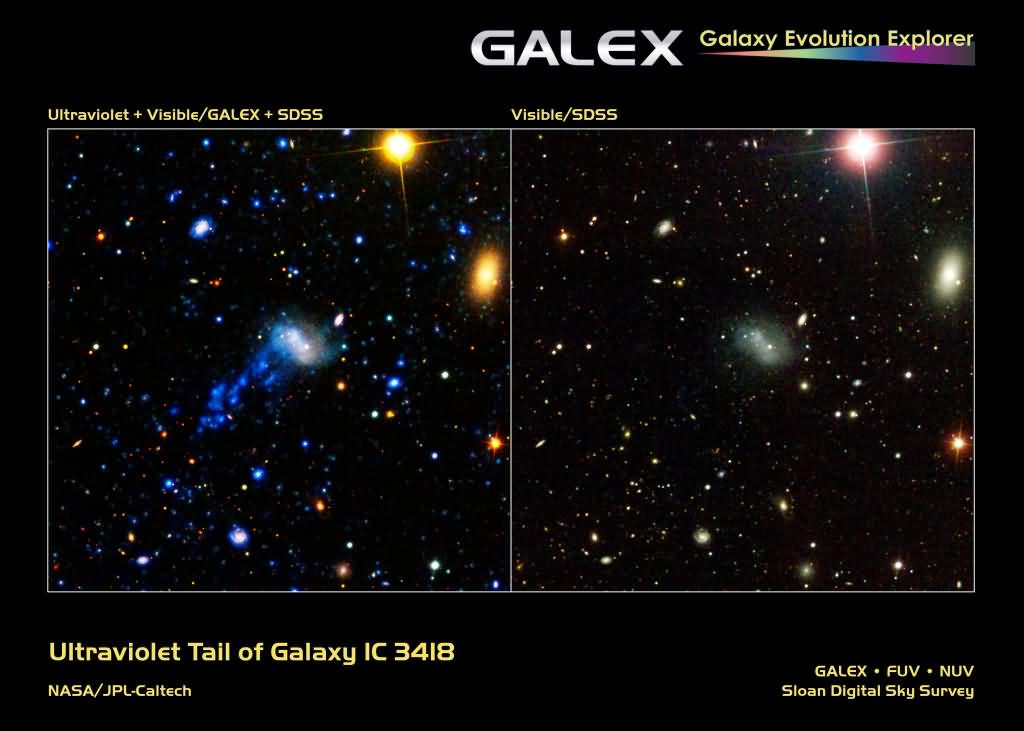


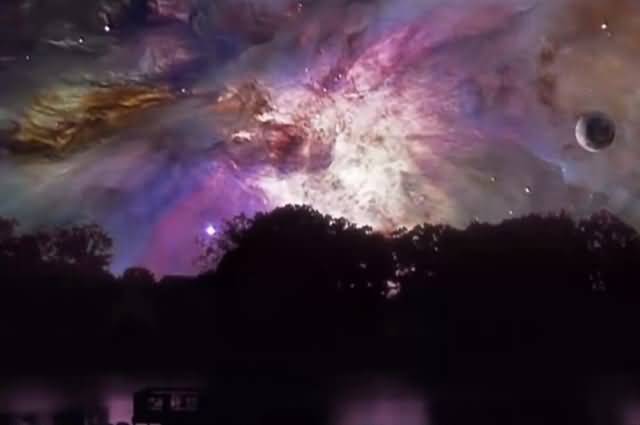

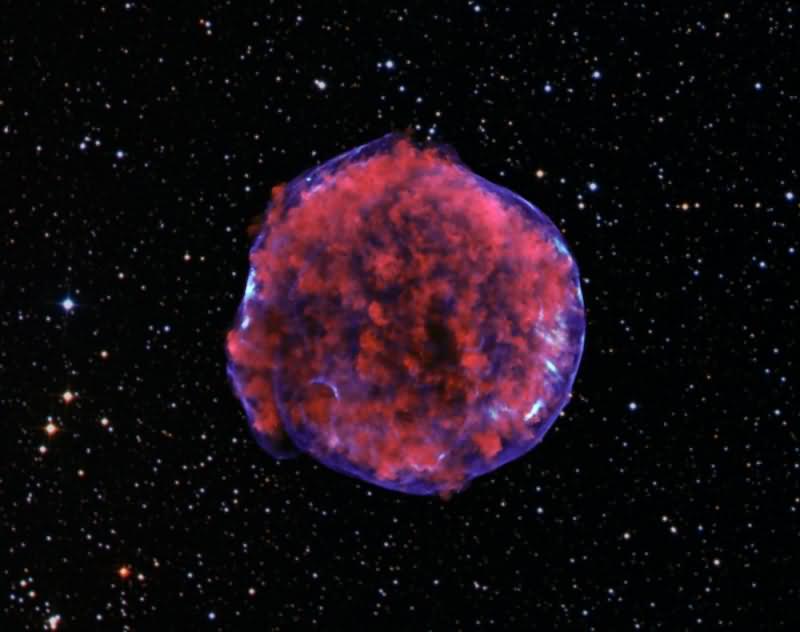
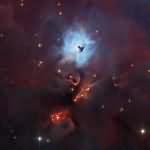
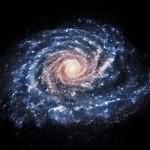
Video links are broken. Can you update them?
Hello,
I checked the links and they work. When you click them, the videos should open for download. My DNS settings are different. The videos are at this address (http://www.tapir.caltech.edu/) is being held. Can you check if it's being opened? It might be related to DNS settings.
I reported in my article that a simulation of […] had been conducted. It was a successful study. (The Galaxy Simulation Was Only Achieved After Great Efforts.) At the same time, past simulations of star formation, supernova explosions, and black holes […]